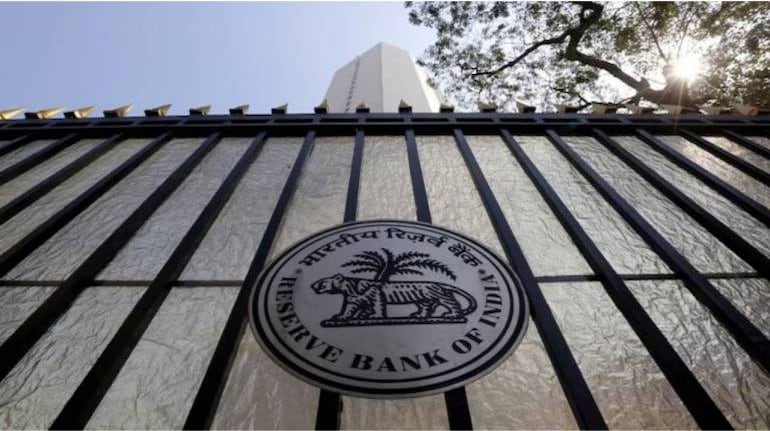



By Indranil Pan, Chief Economist at Yes Bank
The backdrop to this policy was an economic landscape that is almost picture-perfect. Growth had been higher than 7 percent for three consecutive years now till FY24 and is expected to stay strong at 7 percent as per RBI’s estimates. Assessments on the growth cycle indicate that with government capacity buildup through infrastructure and with an expected recovery in the private sector capital expenditure, growth should remain on the higher side for some years to come.
Capacity utilization increased to 74.0 percent in Q2FY24, compared to a long-term average of 73.7 percent. The government, on its part, has also been trying to improve the productivity of the economy by harnessing the strength of the youth and the women. All in all, an inclusive growth structure does bode well for the economy.
On the other side, inflation has been well behaved. Food prices (specifically vegetables) had been a major risk to India’s inflation trajectory. The arrival of winter crops has eased the pressure on vegetable prices. After peaking at 38 percent MoM in July, vegetable prices moderated in the subsequent months and comfort is expected to continue in the rest of FY24. As per the NHB data, vegetable prices have picked up only 0.4 percent in February 2024 MTD with sequential declines in heavyweights like onion and potato.
Also read: Fairfax unfairly valued its gains in Go Digit General Insurance: Muddy Waters Research
In the press conference, the RBI Governor indicated that the vigil on inflation will continue given the high-level uncertainty in food prices. The headline CPI for FY24 has been maintained at 5.4 percent and for FY25 headline CPI is expected at 4.5 percent. Having said that, some of the quarterly estimates have been moved lower by 10-20 bps over the previous levels (excluding Q1FY25 CPI expectation now at 5.0 percent against 5.2 percent as of the February policy).
The Governor once more reiterated that the “last mile of disinflation to be challenging” by keeping the rates and stance unchanged, RBI reiterated its commitment to bring inflation to the 4 percent target on a durable basis. As per RBI’s and our projections, CPI inflation would come close to (even go below) the 4 percent target only in Q2FY25, taking away any chance of any early policy pivot.
Volatility in food prices continues to be a critical risk for the RBI as it could de-anchor household inflation expectations and generalize price pressures. In this sense, the RBI might want to see through the early monsoon trends and factor in any vegetable shocks (tomato shock in June 2023) before taking a firmer view on inflation.
Also read: Will India appeal to listing plans of big global brands? Yes, says Citi Asia's Udhay Furtado
This policy was not for the rate action or the stance. Most of the market had taken it for granted that there would be no change to either. The critical focus of this policy was with respect to the system liquidity aspects, and how the RBI intends to manage liquidity going forward.
In the past month, RBI had aspired to keep liquidity tight with the intention of seeing a more perfect pass-through of earlier rate hikes to the lending rates. However, the Weighted Average Lending Rate (WALR) for new rupee loans has moved up by 181 bps compared to a 250 bps increase in the policy rate. Thus, it is expected that the liquidity will be kept on a tight leash in the months ahead. And, the RBI had been trying to manage the frictional liquidity by acting on both sides – draw out liquidity if needed and add liquidity if needed.
Also read: HUL CEO Rohit Jawa shares success story in homecare business
In essence, as should be the goal of the monetary policy, the operative rate is being attempted to be dragged as close to the policy rate (the signaling rate) as possible. A check on the data indicates that the VRR (liquidity infusion strategy) was undertaken when the overnight money market rates had been closer to the MSF rate. On the other hand, the RBI has also conducted VRRR to suck out additional liquidity if the overnight rate is below the repo rate.
There was no communication on the real rate of interest, now at 180 bps considering the 4.7 percent Q4FY25 estimate of the RBI on Headline CPI. Thus, we expect to hear something about this in the minutes. However, the “higher for longer” story stays strong and relevant, both from the inflation perspective and also from the perspective that transmission is still incomplete. Assessing the growth-inflation dynamics, we think that the RBI may only get a chance to cut rates around the August 2024 policy, but some risks have started forming on a delay even to this date.
Disclaimer: The views and investment tips expressed by investment experts on Moneycontrol.com are their own and not those of the website or its management. Moneycontrol.com advises users to check with certified experts before taking any investment decisions.
Discover the latest Business News, Sensex, and Nifty updates. Obtain Personal Finance insights, tax queries, and expert opinions on Moneycontrol or download the Moneycontrol App to stay updated!
Find the best of Al News in one place, specially curated for you every weekend.
Stay on top of the latest tech trends and biggest startup news.